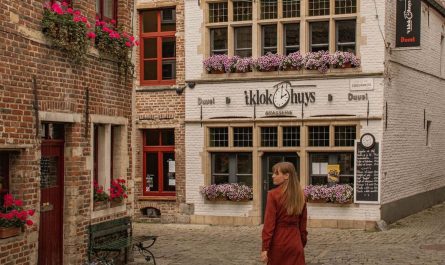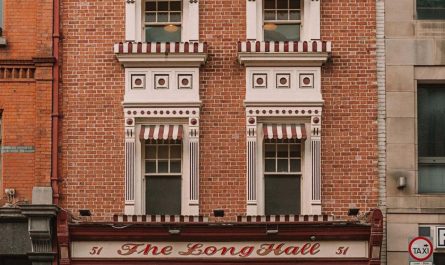Faro, the capital of Portugal’s Algarve region, is often overshadowed by its more famous neighbors like Lagos and Albufeira, but this city holds its own charm and is a fantastic destination for first-time visitors. My first trip to Faro was nothing short of delightful, filled with stunning beaches, historic streets, and, of course, delicious Portuguese cuisine. I wish I had known a few things before arriving, and that’s why I’ve compiled this essential guide to help fellow first-time visitors make the most of their trip.
Give Your Tech a Second Life
Give your devices a second life with Gazelle.com
Sell your old tech or buy certified pre-owned phones and laptops — saving money while reducing e-waste.
Smart for you. Good for the planet.
From getting around the city to finding the best local food spots, these travel hacks will ensure your time in Faro is smooth, fun, and memorable.
1. Plan Your Stay During Shoulder Season
One of the best travel hacks for visiting Faro is to plan your trip during the shoulder season, which typically runs from April to June or September to October. During these months, the weather is still warm, the beaches are less crowded, and prices for accommodation and flights are more affordable. I visited Faro in late September, and it felt like the perfect time — the summer rush had died down, but the weather was still sunny and warm, ideal for exploring both the city and the surrounding Algarve region.
Summer can be overwhelming with the influx of tourists, and winter, although mild, might not give you the full Algarve experience.
2. Getting to Faro: Flights and Transportation Tips
Flights to Faro
Faro is well-connected to many European cities through Faro International Airport (FAO). Since it’s the main hub for the Algarve region, most travelers fly directly into Faro. I booked a budget airline flight from London, and it was surprisingly affordable even though I didn’t plan too far ahead.
Pro Tip: Always keep an eye out for seasonal flight deals to Faro from major European cities. Budget airlines like Ryanair, easyJet, and Wizz Air often have promotions during shoulder seasons, and a flexible travel schedule can help you snag a good deal.
Getting from the Airport to the City
Once you land, getting to the city center is easy. Faro Airport is located just 7 kilometers (4 miles) from the city center, and you have a few options to reach your accommodation:
- Taxi: Taxis are available right outside the arrivals terminal. The ride to the city center should take around 15 minutes and cost approximately €10-€15.
- Airport Shuttle: There’s also an affordable airport shuttle service that operates between the airport and the city center. The cost is around €3 per person, but it takes a bit longer due to multiple stops along the way.
- Bus: If you’re really on a budget, take the local bus (Line 16), which departs from the airport every 30 minutes and costs about €2.30. I found this to be the most affordable option, although it takes around 20-25 minutes to reach the city.
- Rental Car: If you’re planning to explore more of the Algarve, I highly recommend renting a car. Many rental companies operate from the airport, and picking up a car right after landing is convenient if you want to explore nearby towns like Tavira, Olhao, or the more secluded Algarve beaches.
3. Choose the Right Neighborhood for Your Stay
Faro might be compact, but where you choose to stay will shape your experience. Here’s a breakdown of the main neighborhoods and what each offers:
Old Town (Cidade Velha)
This is where I stayed, and I absolutely loved it. The Old Town is the historical heart of Faro, with cobbled streets, charming plazas, and beautiful old buildings. It’s quieter here in the evenings, which was perfect for relaxing after a day of sightseeing. You’ll also be close to some of Faro’s most famous landmarks, like the Arco da Vila and the Sé de Faro (Faro Cathedral).
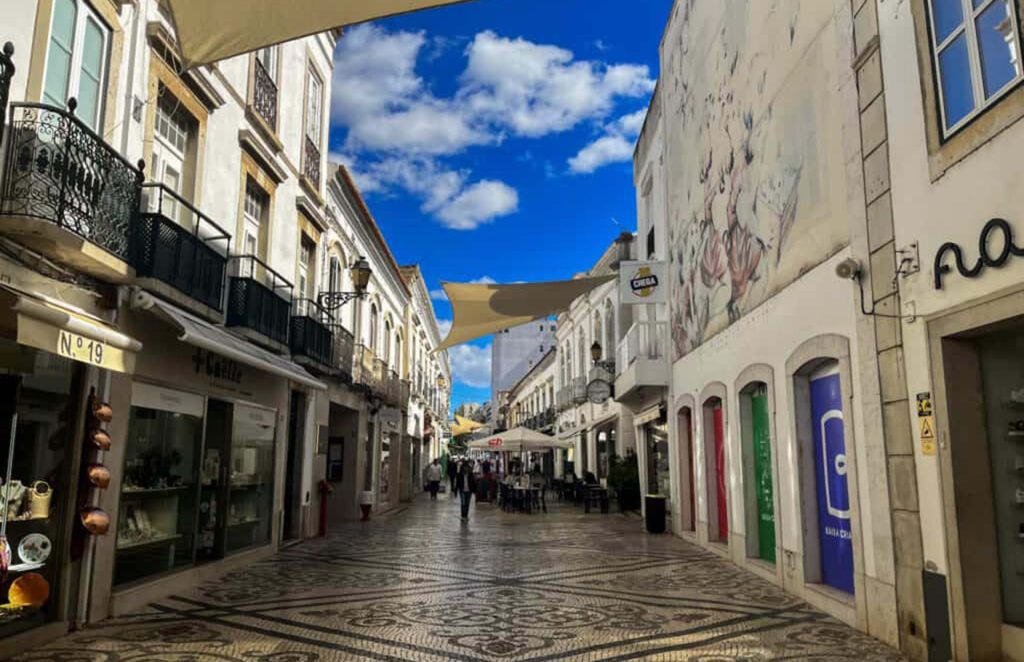
City Center
If you prefer a livelier atmosphere, the City Center (around Rua de Santo Antonio) is the place to be. It’s packed with shops, cafes, and restaurants, and the nightlife is a bit more vibrant. Hotels and guesthouses are plentiful here, but the area is busier compared to the Old Town.
Near the Marina
Staying near the Faro Marina gives you easy access to boat tours and the ferry to the islands like Ilha Deserta and Ilha do Farol. It’s a fantastic area if you plan on spending a lot of time at the beach or exploring the nearby islands.
4. Public Transport in Faro: Buses, Trains, and Taxis
Faro is a relatively walkable city, but if you want to explore beyond the center, here are some tips for getting around:
Walking
Many of Faro’s attractions, like the Old Town, the Marina, and various churches and museums, are within walking distance of each other. I found walking the best way to soak in the city’s atmosphere and discover hidden gems, like tiny cafes and local markets.
Buses
Faro has an efficient bus network operated by Próximo, and buses are the best option for traveling longer distances within the city or to nearby towns. The bus station, Terminal Rodoviário, is located near the marina and has connections to towns like Lagos, Albufeira, and Tavira.
Pro Tip: If you plan to use buses frequently, get a pre-paid bus card from the bus station. It saves money on individual trips compared to buying single tickets.
Trains
For longer trips to cities like Lisbon or Porto, I recommend taking the train. Faro’s train station, Estação de Faro, connects the city to various Algarve towns and major Portuguese cities. Trains are comfortable, affordable, and have scenic views of the countryside.
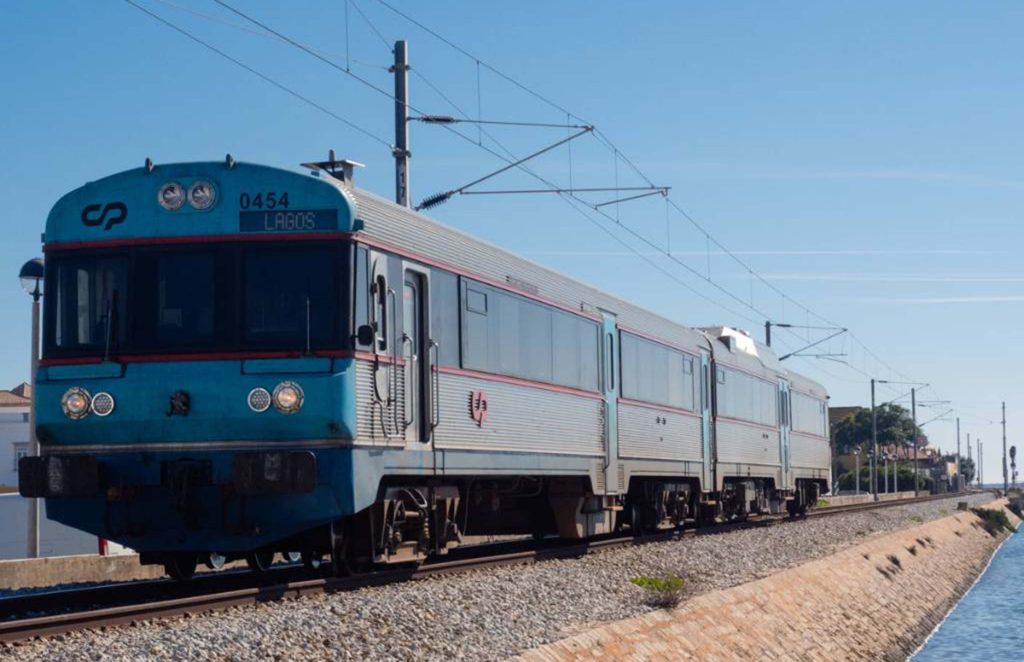
Taxis and Ride-Sharing
Taxis are abundant in Faro, and while I didn’t use them often, they’re reliable and not too expensive for short trips. Uber also operates in Faro, which can be a more convenient and cashless option.
5. Beaches in Faro: Where to Soak Up the Sun
One of Faro’s biggest draws is its access to beautiful beaches. While Faro itself doesn’t have a beach right in the city center, a short ferry or car ride will take you to some stunning sandy shores.
Praia de Faro
This was the closest beach to the city and easily accessible by bus or car. You can also take a ferry from the marina, which makes for a scenic ride. The beach is long and wide, with plenty of space even during busier times. I loved that it felt more local, and it wasn’t overcrowded like some of the more famous Algarve beaches. There are several beachfront cafes and restaurants where you can grab lunch or a drink after a swim.
Ilha Deserta
As the name suggests, Ilha Deserta (Deserted Island) is a pristine, unspoiled beach that can be reached by ferry from Faro. It’s perfect for a relaxing day away from the crowds, and the clear waters are ideal for swimming. Bring your own snacks and water, as there’s only one restaurant on the island, and it can be pricey.
Ilha do Farol
Another island beach that’s worth visiting is Ilha do Farol, which is also accessible by ferry. It has a laid-back vibe, with a few more facilities than Ilha Deserta, but still retains that peaceful, island feel. I spent an entire day here, lounging in the sun and walking along the sandy shores.
Pro Tip: Ferries to the islands don’t run as frequently in the off-season, so be sure to check the schedule ahead of time. During summer, they run more frequently, and I recommend taking the earliest ferry to avoid crowds.
6. Must-See Attractions in Faro
Old Town and Arco da Vila
The historic Old Town is a must-see for any visitor to Faro. The beautifully preserved Arco da Vila, a neoclassical arch, marks the entrance to the Old Town, and from here, you can explore the winding cobblestone streets lined with cafes, boutiques, and traditional houses. The highlight for me was the Sé de Faro (Faro Cathedral), located in Largo da Sé. Climb to the top for panoramic views of the city and the Ria Formosa lagoon.
Ria Formosa Natural Park
Faro is surrounded by the Ria Formosa Natural Park, a sprawling area of marshlands, canals, and islands. You can take a boat tour from Faro to explore the park’s diverse wildlife, including flamingos and other migratory birds. I highly recommend renting a kayak or joining a guided eco-tour to experience the beauty of this unique ecosystem up close.
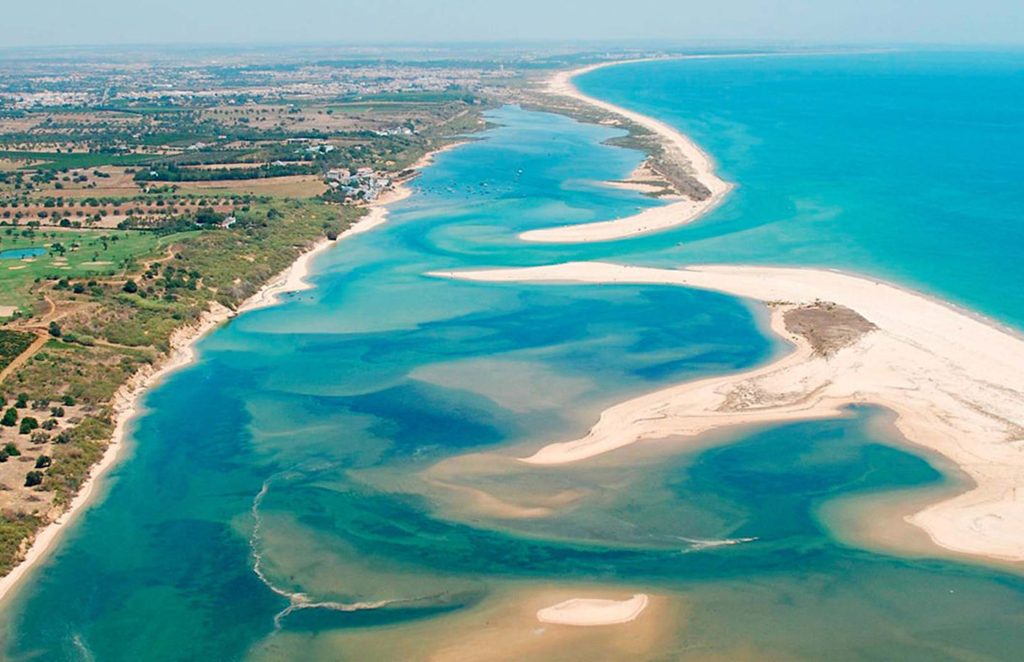
Museu Municipal de Faro
If you’re interested in Faro’s history, a visit to the Museu Municipal de Faro is well worth it. Housed in a former convent, the museum displays a range of artifacts from Roman, Moorish, and medieval periods. The highlight is the collection of Roman mosaics, including the famous Mosaic of the Ocean God.
7. Indulge in Local Faro Cuisine
Cataplana de Marisco
You can’t visit Faro without trying the traditional Algarve dish, Cataplana de Marisco. This seafood stew, cooked in a clam-shaped copper pot called a cataplana, is a hearty mix of clams,
shrimp, mussels, and fish, all simmered in a fragrant tomato and wine broth. I had mine at a small, family-run restaurant in the Old Town, and it was one of the best meals of my trip.
Pastel de Nata
For dessert, don’t miss out on the famous Pastel de Nata. While these custard tarts are a staple across Portugal, I found a bakery in Faro that made them fresh, with a crispy pastry shell and a creamy filling that melted in my mouth. Pair it with a bica (Portuguese espresso) for the perfect afternoon treat.
Faro is often overlooked as a mere entry point to the Algarve, but it’s a destination in its own right. From its historic Old Town to its access to stunning beaches and natural wonders, Faro offers something for every traveler. These tips and travel hacks will help you make the most of your time in this charming city, whether you’re here for a short stay or planning to explore the wider Algarve region.
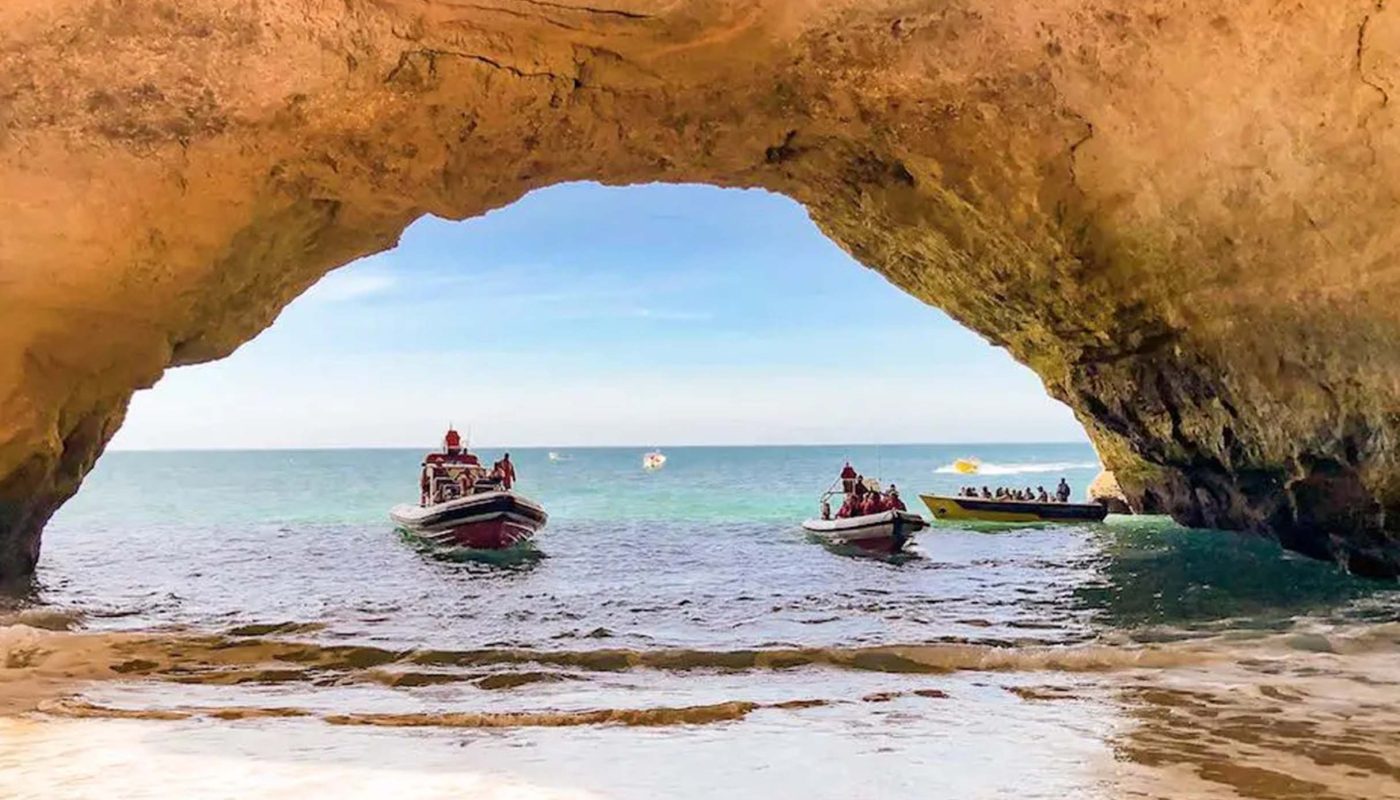
-445x265.jpg)
